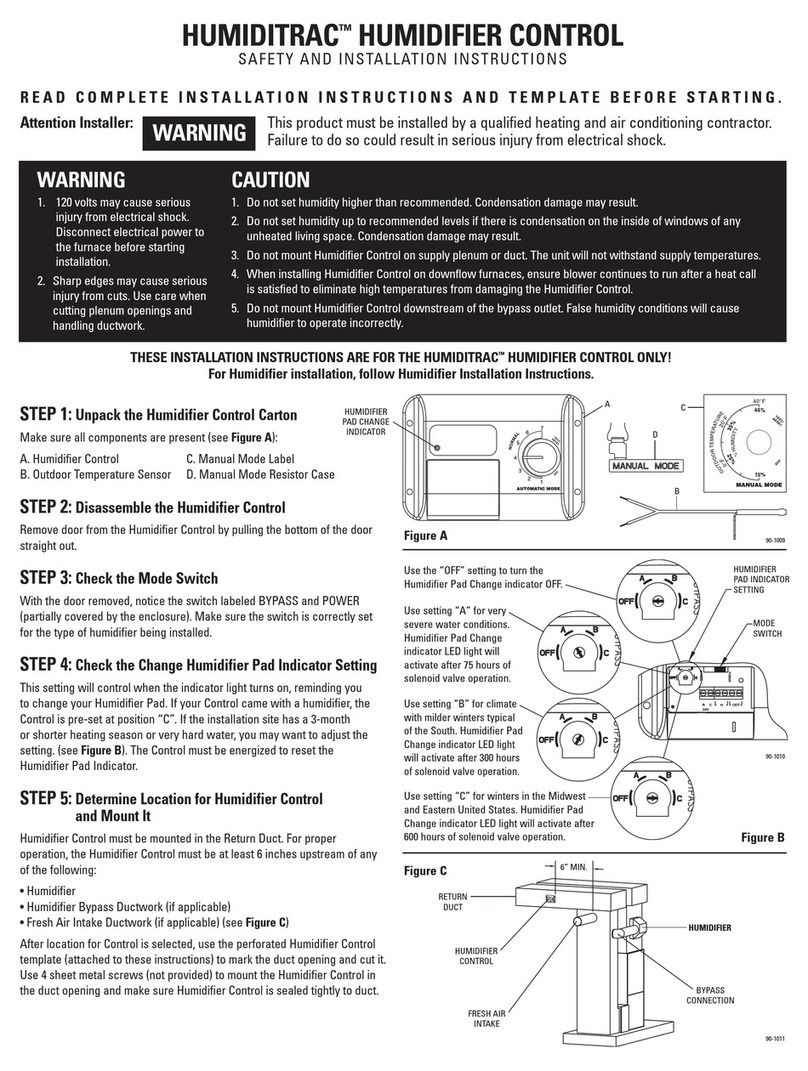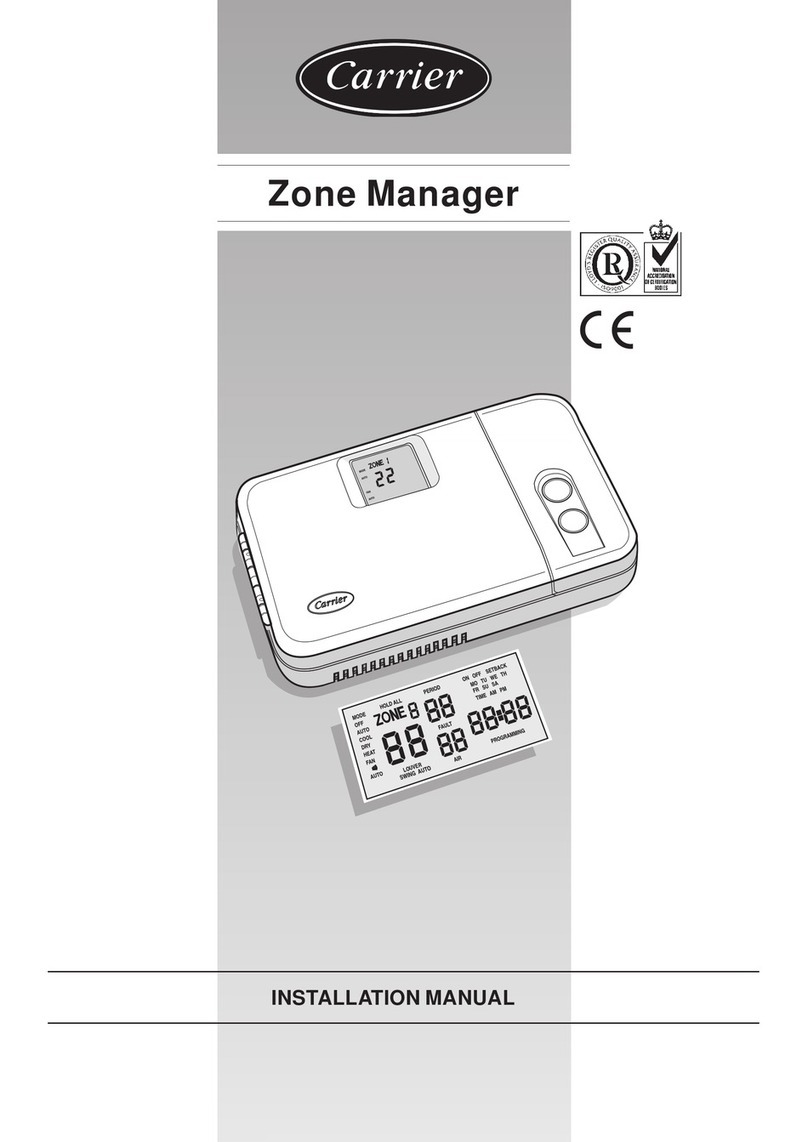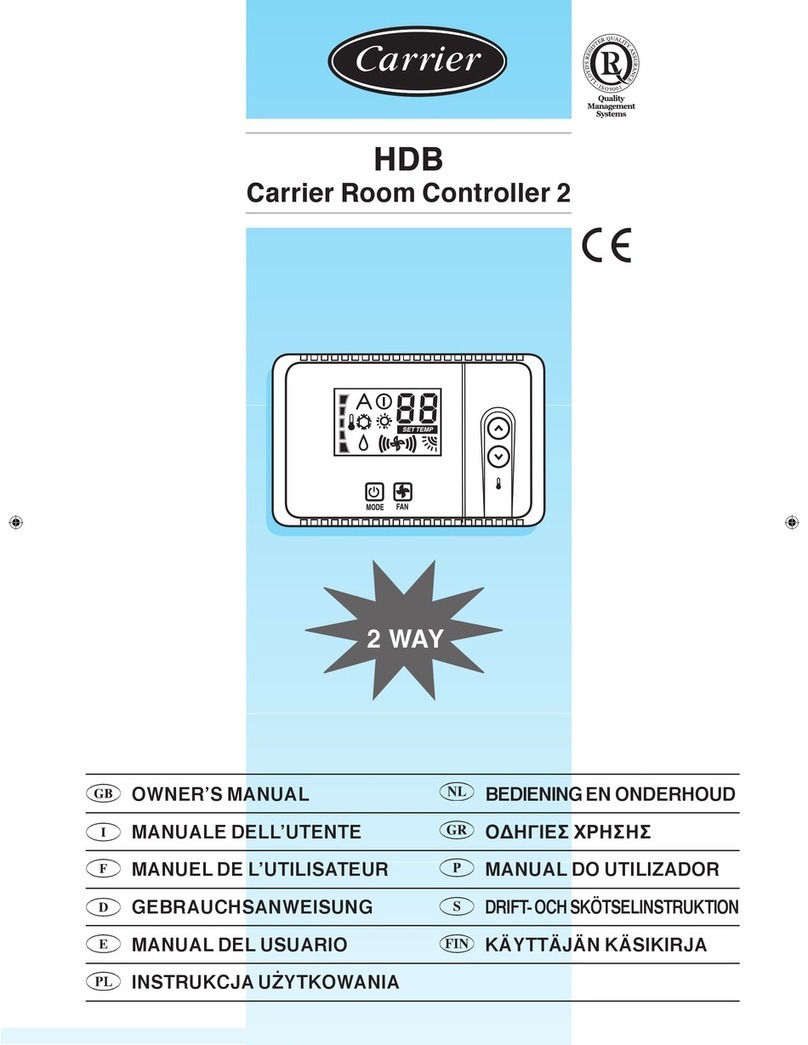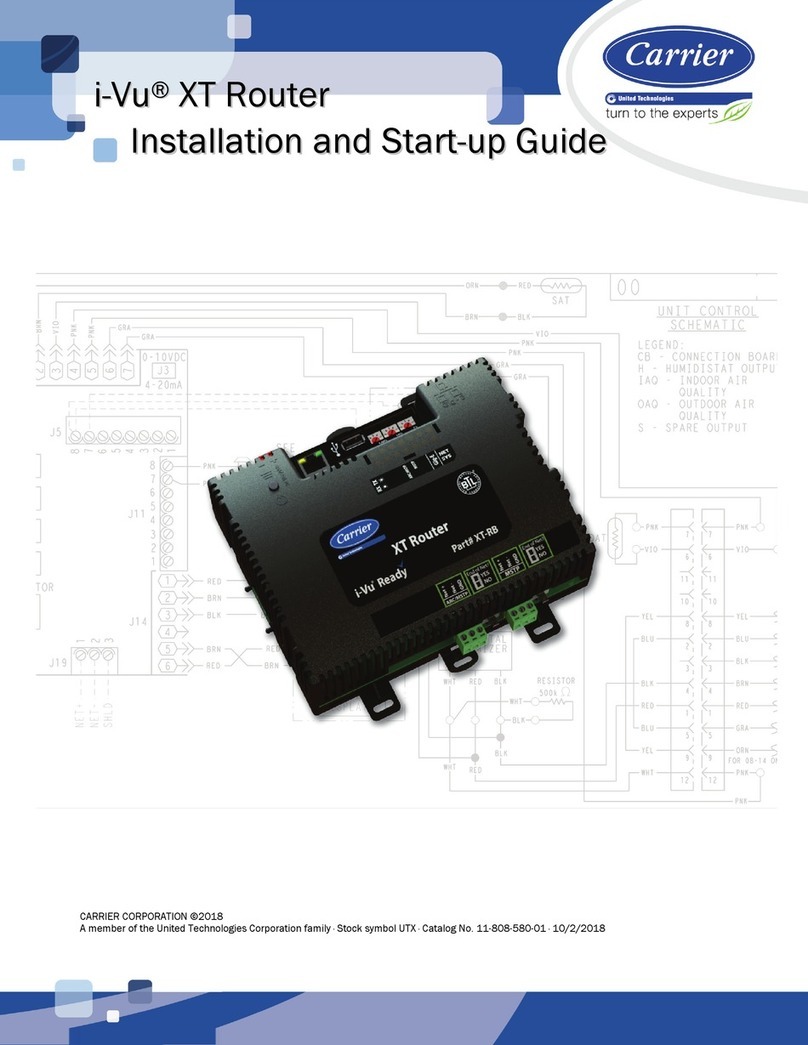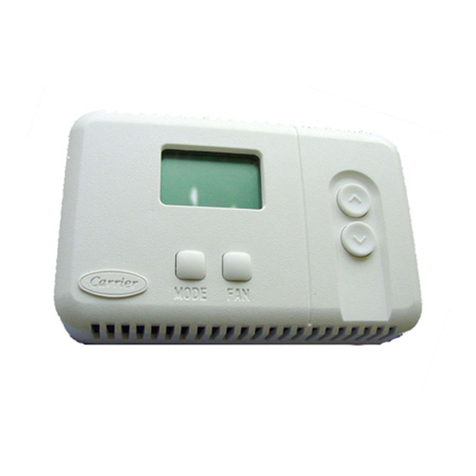
i-Vu Open Link i
Table of Contents
Introduction.................................................................................................................................................................. 1
What is the i-Vu Open Link? ................................................................................................................................1
Specifications ........................................................................................................................................................2
Safety considerations...........................................................................................................................................3
Installation ................................................................................................................................................................... 4
To mount the i-Vu Open Link...............................................................................................................................4
To wire for power ..................................................................................................................................................5
Wiring for communications.................................................................................................................................5
Wiring specifications ............................................................................................................................. 6
To connect the i-Vu Open Link to the Ethernet.................................................................................... 6
To wire the MS/TP network on Port S1................................................................................................ 6
To wire Modbus or LonWorks devices on Port S2 ............................................................................... 6
Addressing the i-Vu Open Link............................................................................................................................7
To set the i-Vu Open Link address on the Open network.................................................................... 8
To choose an IP addressing scheme ................................................................................................... 9
To obtain an IP address using DHCP ................................................................................................... 9
To assign a custom IP address............................................................................................................. 9
Configuring BACnet device instance and network number ........................................................................ 12
Driver....................................................................................................................................................13
To set up BACnet Broadcast Management Devices (BBMDs)...............................................15
Configuring i-Vu Open Link Driver Properties ..........................................................................................................18
Device .................................................................................................................................................................. 18
Notification Class #1 ......................................................................................................................................... 18
Calendars ............................................................................................................................................................ 20
Common and Specific Alarms ......................................................................................................................... 20
BACnet router properties.................................................................................................................................. 20
Alarm Store/Forward ........................................................................................................................................ 21
Configuring Router Properties using BACview.............................................................................................. 21
Troubleshooting .........................................................................................................................................................22
LED's .................................................................................................................................................................... 22
Replacing the i-Vu Open Link's battery .......................................................................................................... 23
Serial number..................................................................................................................................................... 24
Compliance ................................................................................................................................................................25
FCC Compliance................................................................................................................................................. 25
CE Compliance ................................................................................................................................................... 25
BACnet Compliance........................................................................................................................................... 25
Appendix A: BACnet Protocol Implementation Conformance Statement ............................................................26






